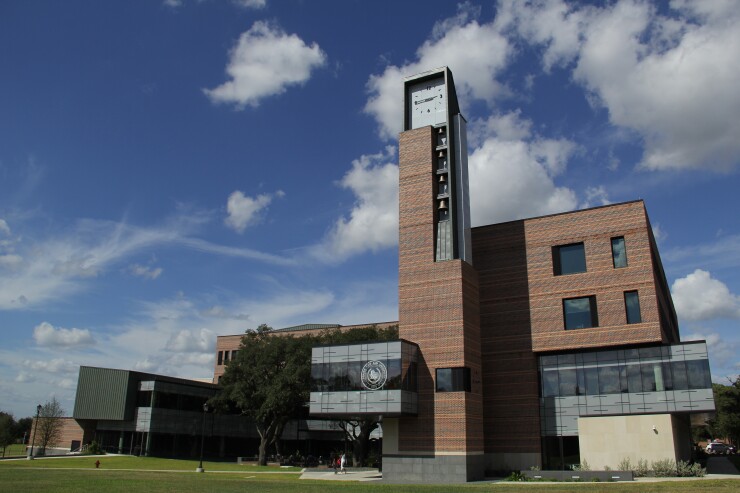Like many great stories, the idea for “Talk is cheap: What HBCUs can teach us about the future of planning,” sprang from an offhand comment.
Between takes of a podcast recording, Kate Healy, managing director of TD Ameritrade Institutional’s Generation Next, told Financial Planning’s assistant managing editor Maddy Perkins about some intriguing programs she’d seen at historically black colleges and universities. The programs are designed to make the financial planning profession more accessible to students who’d never considered the career before.

“It didn’t take a whole lot of digging for it to be clear that this angle was something that hadn’t been covered before — and needed to be,” Perkins tells me. “These programs are creating places for students of color to learn this career and thrive at it.”
Even as the demographics of the U.S. are changing, the population of financial advisors is not. More than half of American children will be part of a “minority race or ethnic group” in 2020, according to the U.S. Census Bureau, yet less than 3.5% of all CFPs are black or Latino, Perkins reports.
“I’ve seen the numbers regarding the industry’s inclusion issue, just as everyone else has. I didn’t realize how bad a job the advisory industry is still doing at reaching out to these students,” Perkins says. “Hearing from the students and their professors about why it isn’t working really showed how much more needs to be done.”
Unfortunately, many firms are stuck in the mindset of filling quotas when it comes to workplace diversity, rather than valuing how an array of voices and experiences can help them attract and retain clients. “Engaging with these programs is an excellent start,” Perkins says.





